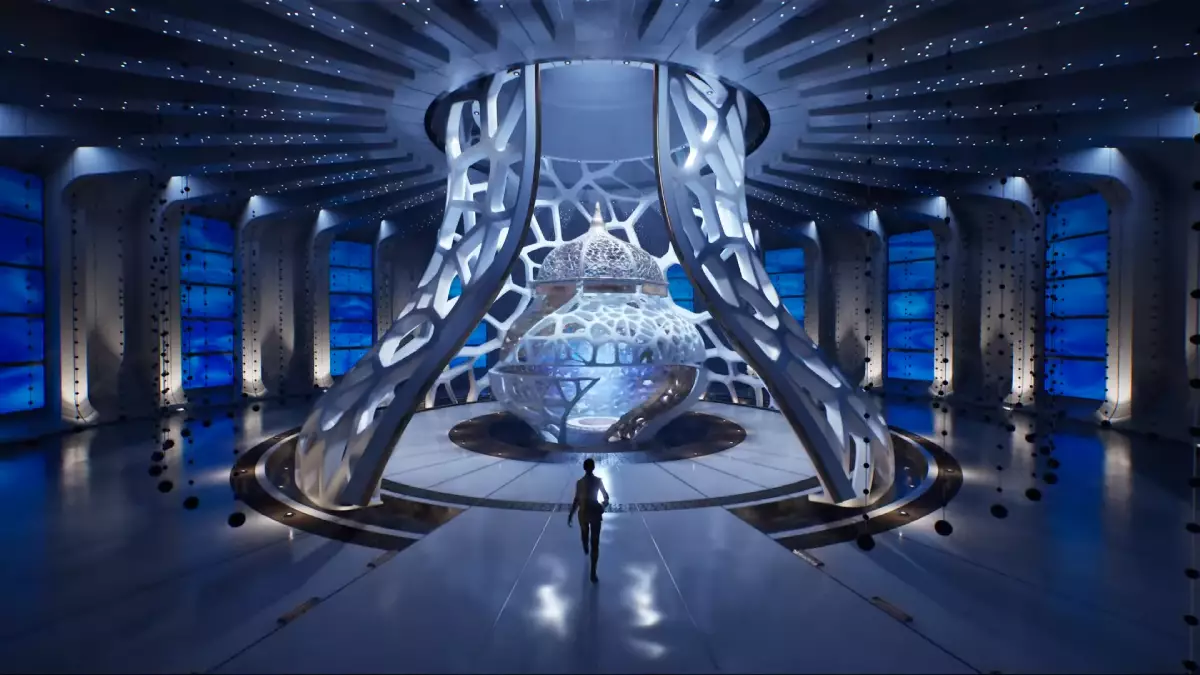The gaming industry is in an evolving phase, characterized by technological advancements that push the limits of visuals and gameplay. Among these innovations, ray tracing has already established itself as a transformative force, significantly enhancing the realism of lighting in AAA titles. However, with the unveiling of Unreal Engine 5.5’s experimental feature, MegaLights, we are on the brink of yet another leap in lighting technology that promises to change the way developers approach direct lighting and shadows.
At its core, MegaLights is designed to remove the boundaries typically associated with traditional lighting systems in video games. As Wyeth Johnson, the senior director of product strategy for Epic Games, eloquently stated, “Unreal Engine is at its best when users can express themselves without technical constraint.” This statement encapsulates the philosophy behind MegaLights: empower developers with advanced tools that allow for greater artistic expression. By enabling the use of a significantly larger number of shadow-casting light sources—potentially “orders of magnitude more”—this feature could enable game designers to craft visually stunning environments with previously unattainable depth and realism.
During a recent presentation at Unreal Fest in Seattle, Epic showcased MegaLights through a live demo set in a vibrant marketplace scene. The demonstration illustrated just how powerful this tool could be, leveraging over 1,000 light sources to create a dynamic and immersive atmosphere. The impact of such lighting is profound; it not only enhances the aesthetic quality of the game but also contributes to the narrative by creating mood and tension within the environment. This capability to create shadows that react and interact with the surroundings in real-time marks a significant advancement in lighting technology.
One of MegaLights’ most remarkable features is its ability to produce realistic and dynamic shadows. By deploying shadows in every light source under the system, the game world depicted in the demonstration gained notable depth. While initially appearing merely shiny, the scene transformed into something much more alive and organic with the shadows activated. Such realism is essential in storytelling, helping to create a sense of place that feels lived-in and responsive.
Moreover, the technology’s compatibility with moving objects—such as drones demonstrated during the event—brings the promise of animation to life in radically new ways. This innovation alleviates one of the major challenges in games: ensuring that lighting adapts naturally to dynamic models and environments. However, there is an underlying question: can this new lighting technology be optimized to run smoothly across various hardware specifications, given that graphics demands have historically required trade-offs?
Epic’s confidence in MegaLights was demonstrated through a live game demo that ran on a base PlayStation 5 console—an inclusion that speaks volumes about optimization capabilities. The successfully executed demonstration raised the bar not only for high-end gaming rigs but also for console users. Del Walker, a senior character artist with a rich background, remarked on the industry’s tendency to hold back graphical fidelity during development to accommodate hardware limitations. With MegaLights, that notion seems set to shift, potentially paving the way for next-gen graphics to become the standard for an even broader range of devices.
While the promise of this technology looks bright for current-gen systems, the excitement also extends back to developers working with older hardware. The advancements seen in Unreal Engine 5.5 could suggest a revitalization of visual fidelity in previously constrained environments, allowing those developers to harness elements that elevate gameplay experiences.
Unreal Engine 5.5’s MegaLights feature heralds a new era of lighting technology that promises to redefine the gaming experience. By enhancing the capacity for developers to implement dynamic lighting and shadows without sacrificing performance, this tool encourages creativity and realism in game design. As the gaming community eagerly awaits the first implementations of MegaLights in upcoming releases, one can’t help but feel excited about the next wave of immersive storytelling and breathtaking visuals that are on the horizon. For now, fans remain in anticipation, hoping to experience the transformative potential of this innovative technology in future game releases.

